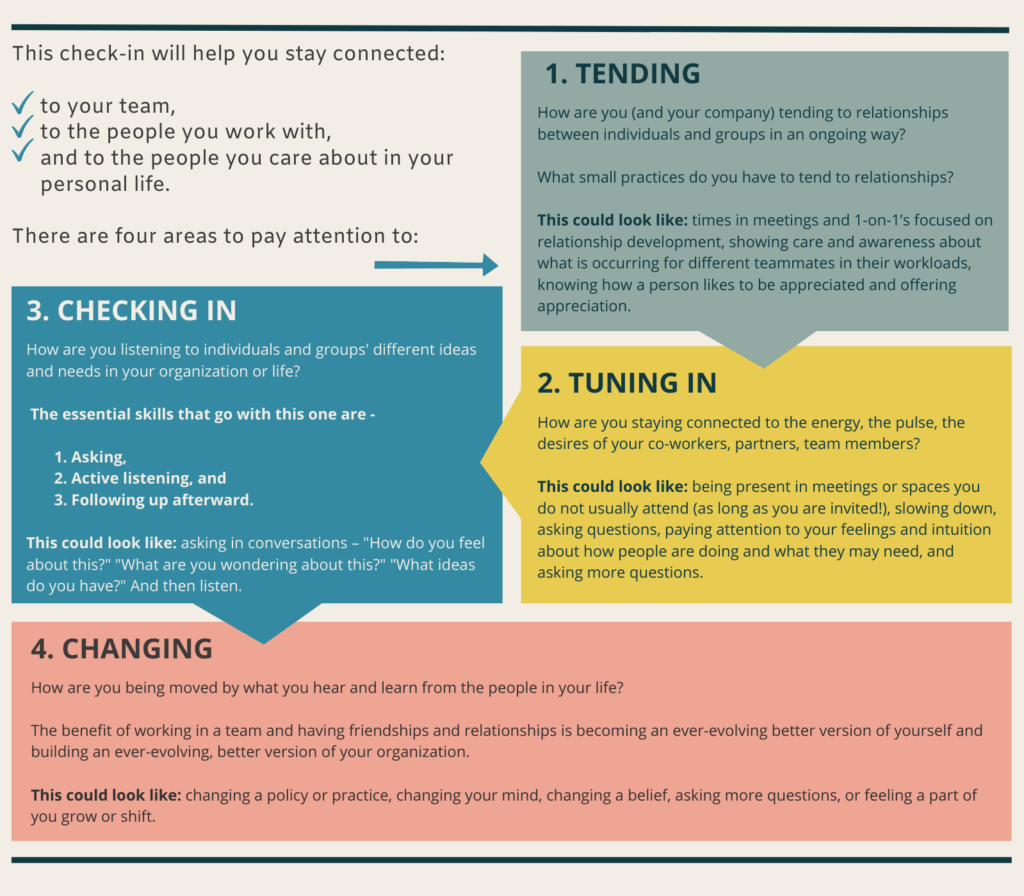It is summer in the Pacific Northwest, and as I have shared, for many people, summer is supposed to be a time of rest and relaxation. However, the Pacific Northwest’s culture, and especially the Seattle area, is one of sun and outdoor scarcity.
Many of us feel we have a finite amount of time to be outside doing dozens of activities with all the people we love. And most of us are still working and caring for others, too.
Ironically, this equals more pressure to “enjoy and relax” with more things to do and even accomplish.
It can be a mind-bending experience.
I am first trying to deal with this by being honest with myself.
I want to do “all the things” this summer and fit it all in. At the same time, my professional work does not slow down, and family caretaking and coordination increase.
This particular summer, my partner Roberto and I have agreed that we need to have less stress and more regulated nervous systems. This is a requirement for a few things we are navigating with our family this season.
So how do you do this… reduce stress, increase rest and regulation when the pressure is on to get it ALL DONE, and have a great dang time doing it?
I want to share ways to rest inside of a busy time.
But first, what is “rest?”
Here are a few definitions to help you determine whether you are resting…
“A period of time in which you relax, do not do anything active, or sleep.” – Cambridge Dictionary
“To rest means to relax into something and let it support you.”
“To take a short break from one’s activities in order to relax.” – Vocabulary.com
Okay—now we are reminded that resting is not about doing more; it is, if possible, about relaxing and maybe even sleeping!
Here are my tips and tricks for building in more rest:
Recognize the Pockets
Look for the little pockets already in your life and schedule where you can rest.
Notice them and lean back into them.
When are things slower and quieter?
When is there a natural pause between one activity and the next?
When is there a moment of waiting? In a line? A doctor’s office? A train?
Take those little pockets and let them be rest moments. You take a breath. You sit quietly. You stand for a moment and notice your feet.
When you notice the pull to take out your phone you can say to yourself – “ah I am giving myself a little rest.”
Retreat
Get up, walk away from the table, desk, or computer, and find a few moments of rest.
Lay down on the couch and set a timer for 10-15 minutes.
Take your coffee outside and sit on a front step without your screen or device.
Turn toward a window, watch things around you, or notice a plant or animal.
Replace
Replace the scrolling with seeing what your body needs.
Replace the “doing one more thing” with pausing and breathing.
Replace the screen with a little sleep.
Replace the taking a picture with being present to what you see.
You get the point. 😉
Reduce
Okay, this one is annoying!
You may be like…. ”Annie, you said rest inside of a busy time!”
Y’all, honestly, the only way to get more rest is to do less.
This is so basic and yet hard to do that it is obnoxious, but most of us don’t stop DOING, and we are TIRED.
If you want more time to feel good in your body and be less grumpy with those you love… you have to reduce the number of things you take on.
Now different people (and times in life) require different activity levels.
You know you. You can probably determine whether you need to reduce a few things.
The basics of this skill are:
1. Take something you feel you “should do” but don’t need to do.
2. Stop doing it.
3. Say, “I am not available.” Say, “Oh, I wish I could, but I’ve overcommitted myself.”
This is my hardest one AND the one that gains me the most rest.
The trick is to NOT put more “doing” in the place of the thing you reduced.
Instead, REST FIRST – start with lying down on the floor!
A note:
Adding more rest when the pressure is on can be difficult.
In the long term, to avoid burnout, your body and mind need longer, sustained periods of rest and ongoing rest practices. I will share a few additional ways to increase rest in the coming months.
The go-to resource for Rest & Liberation – Tricia Hersey:
A fabulous teacher and resource for rest is Tricia Hersey & The Nap Ministry
“Rest is a form of resistance because it pushes back and disrupts white supremacy and capitalism.
Our bodies are a site of liberation. And that brings into the somatics the idea that wherever our bodies are, we can find rest.”
– Rest as Resistance Tenets #1 & #2, Tricia Hersey
Tricia Hersey on NPR
Tricia Hersey’s book – Rest is Resistance: a Manifesto
The Nap Ministry’s Rest Deck



![How to bring in joy & intention when building partnerships [Leaders Creating Change Series]](https://www.annievonessen.com/wp2015/wp-content/uploads/2023/02/xuke123-_JdB2UenEbA-unsplash-scaled.jpg)








